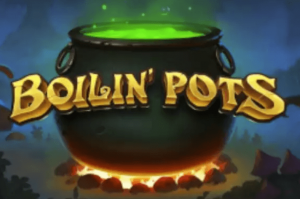Contents:

In literature and media, “antagonistic conflict” or “pertentangan antartokoh” refers to the struggle between characters with opposing goals, beliefs, or values. This conflict drives the narrative and enriches character development, creating a compelling and dynamic story. The essence of this interaction lies in how characters with contrasting objectives influence each other’s journeys and contribute to the overall plot. This article explores the concept of antagonistic conflict, its importance in storytelling, and its impact on character development.
Definition of Antagonistic Conflict
Antagonistic conflict occurs when characters face opposing forces that challenge their goals or beliefs. This opposition is crucial as it introduces tension and complexity into the narrative. The conflict can be physical, emotional, or ideological, and it often serves as a catalyst for character growth and plot progression.
Impact on Character Development
Characters involved in antagonistic conflicts are forced to confront their weaknesses and evolve. The interaction with antagonists can reveal deeper aspects of a protagonist’s personality, motivations, and values. This development is essential for creating multi-dimensional characters who resonate with audiences.
Role in Plot Advancement
Antagonistic conflict drives the plot forward by creating obstacles and challenges that characters must overcome. This dynamic ensures that the story remains engaging and unpredictable, as characters navigate through conflicts and strive to achieve their goals.
In summary, antagonistic conflict is a fundamental element in storytelling that enhances narrative depth and character development. By presenting challenges and contrasting values, it enriches the plot and engages the audience, making it a crucial component of effective storytelling.









